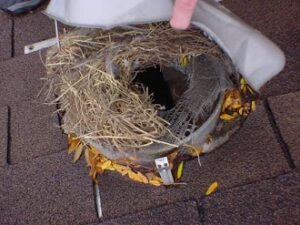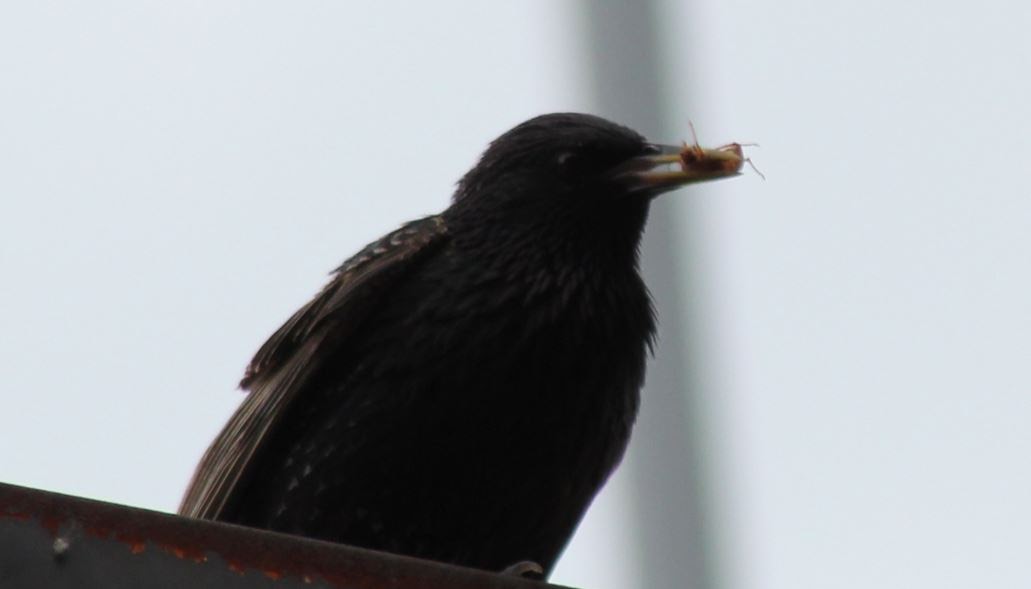Every year, migratory birds make the trip from north to south and back again, like clockwork. Canada hosts more than 450 species that split their residency between two different climates. With the arrival of spring, the skyways become highways jammed with solo travellers and larger flocks returning to their summer homes, where they will settle in for the next several months. It is a good time for homeowners to prepare their homes with bird prevention measures to ensure your home does not become a roost for flying travellers.
The Long Road Home
Birdwatchers look forward to the annual migration event with much anticipation and so do those of us at Skedaddle! While the migratory process holds much mystery for many, the arrival of the first of the season’s long-distance flyers signals warmer weather is on the way. Not all migratory birds have a long distance to go to return to their summer abodes. Some species travel from the central or southern regions of the United States, but others come from as far away as the southern region of South America.
Migratory birds tend to stick to established flight paths that follow physical landmarks on the ground. The four major routes are the Atlantic, Pacific, Mississippi and Central flyways. Each flyway consists of several branches that travel through the four regions of North America, with routes overlapping and crisscrossing one another like the roads and freeways of a busy city.
The Itch To Travel
 The reason birds migrate is not just due to the colder temperatures winter brings, though the weather does have something to do with it. Even Canada’s smallest hummingbirds can theoretically survive in freezing temperatures. What doesn’t survive as well are the resources these animals need to survive. As the warm weather heads south, so do a majority of the birds that spend the warm months in the northern latitudes. They go where food is plentiful and nesting sites are easy to come by. Birds return to our neck of the woods as insect populations begin to explode, leaves and flowers start to bud and prime nesting locations grow plentiful.
The reason birds migrate is not just due to the colder temperatures winter brings, though the weather does have something to do with it. Even Canada’s smallest hummingbirds can theoretically survive in freezing temperatures. What doesn’t survive as well are the resources these animals need to survive. As the warm weather heads south, so do a majority of the birds that spend the warm months in the northern latitudes. They go where food is plentiful and nesting sites are easy to come by. Birds return to our neck of the woods as insect populations begin to explode, leaves and flowers start to bud and prime nesting locations grow plentiful.
So, how do they know it’s time to hit the sky? The truth is, scientists aren’t exactly sure of all of the mechanisms involved. What they do know, however, is that it seems to be a combination of changes to day length, temperatures and available food supplies. There is also a genetic component, which means that the itch to travel is in their blood and the timing is somewhat instinctual.
The Perfect Time To Spread Their Wings
Not all birds arrive at their summer grounds simultaneously. The golden eagle is one of the first to show up, though there are individuals in parts of Canada that never leave. You can expect to see an influx of the majestic bird-of-prey beginning in late February. Tree swallows are close on their heels, usually making their first appearances in early March.
Most species wait a bit longer than these early birds. The bobolink has the farthest to travel and does not arrive from its wintering grounds until May. This songbird makes a 20,000-kilometre journey to get from the south of South America to Southern Canada and Northern U.S., so it is one of the later arrivals.
The Time To Prepare
As you begin to look to the skies and your own backyards for the first signs of spring, it is also time to think about making sure your home is ready for the influx of feathered residents. The best way to enjoy our summer friends is by observing them while out on the trails or in your yards. There are bird prevention measures you can take to ensure that these visitors don’t move into your house. If you need assistance in wildlife control or removal, Skedaddle is here to help. Contact us with your questions or to schedule services for humane wildlife control and removal.



